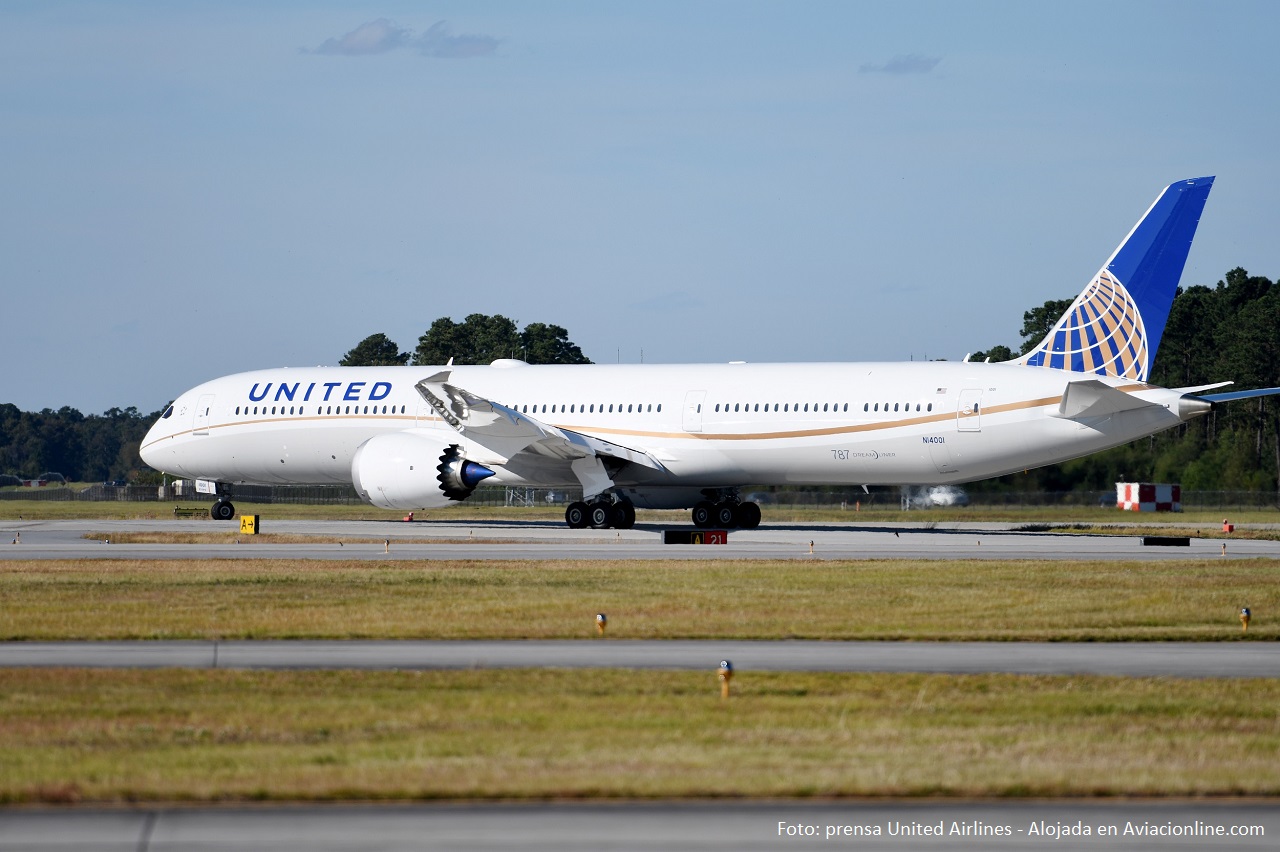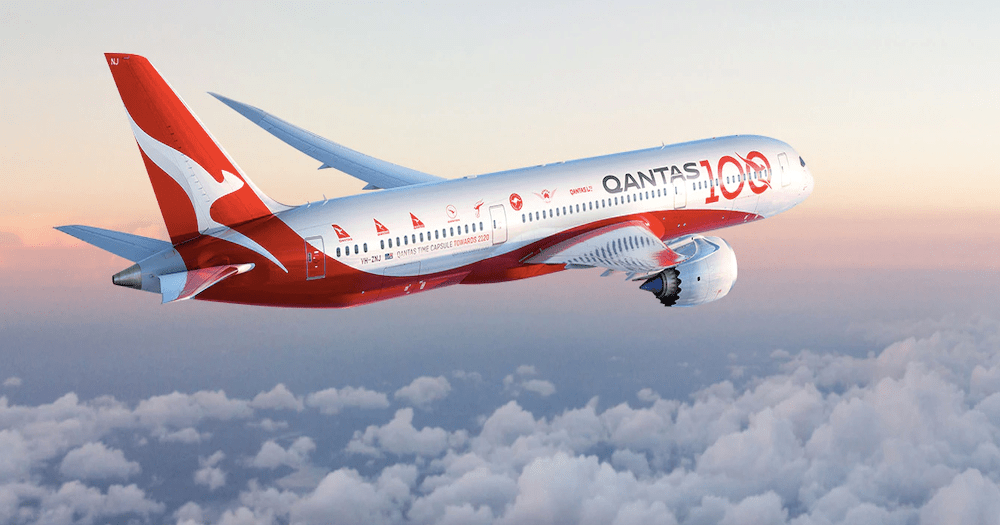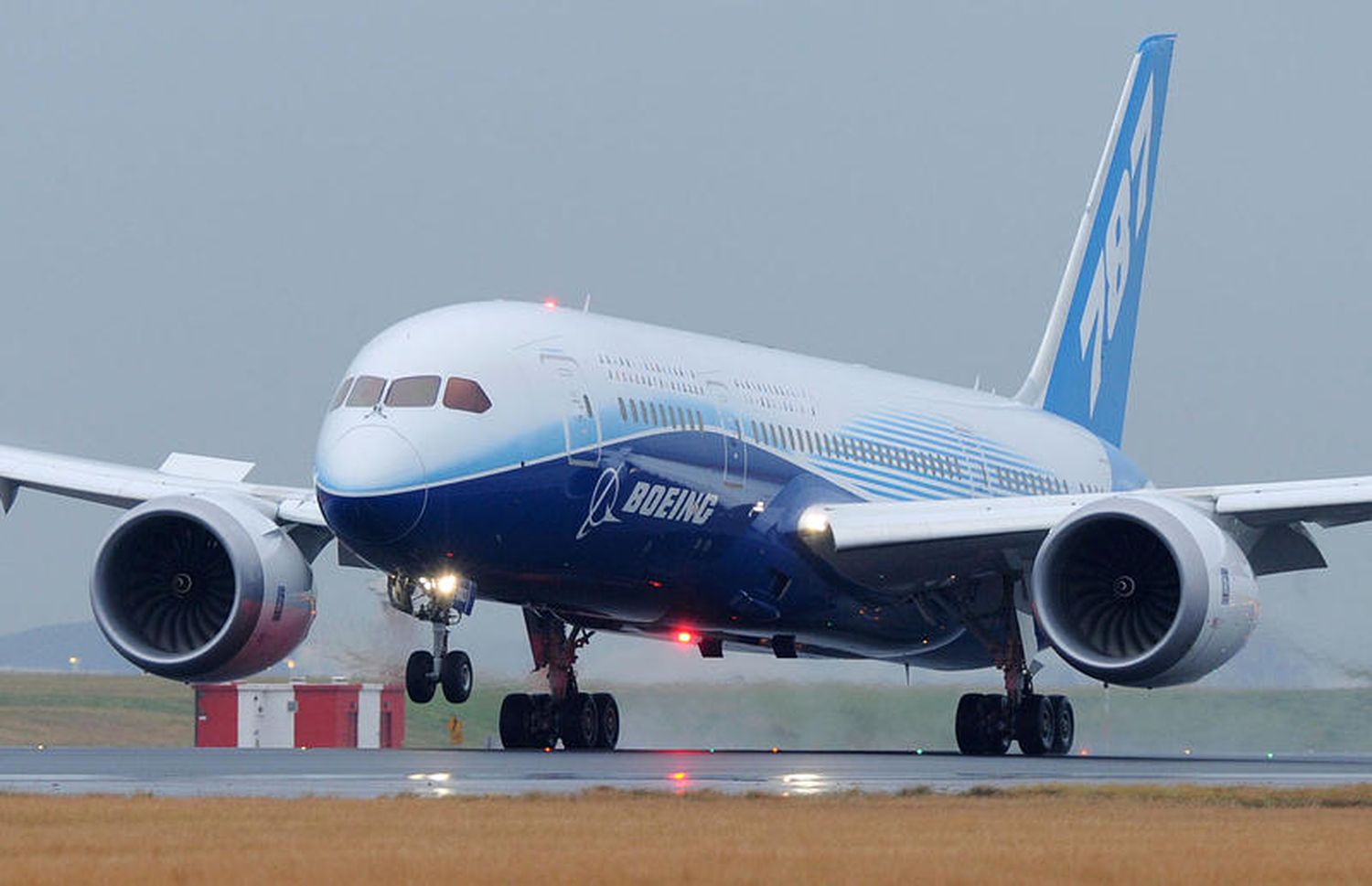Boeing prepares new version of 787 Dreamliner family
In an interview with The Seattle Times, Boeing Commercial Airplanes CEO, Stan Deal, indicated that the company is working on a High Gross Weight (HGW) version of the 787-10, the largest variant of the Dreamliner family.
He also revealed that Boeing is designing a new ‘High Gross Weight’ version of the 787-10, increasing its payload and range, to become more competitive with the A350-900.
Air New Zealand held conversations with Boeing for a higher MTOW version of the 787-10 so that the airline can use these aircraft without cargo and passenger restrictions on its transpacific routes to Los Angeles, San Francisco, and Vancouver. The airline expects to retire all of its 777 aircraft and simplify its long-haul fleet to a single model.

See also: Air New Zealand to retire its entire Boeing 777-300ER fleet
Leeham News and Analysis (LNA) the newspaper obtained the exclusive news that Boeing is also working on an HGW version of the 787-9. This new version of this variant could be a significant game-changer in the new era of ultra-long-haul flights.
787-10 HGW
The Boeing 787-10 was playing an important role in transatlantic flights prior to the pandemic: United and KLM both deployed their larger Dreamliners on their highest-demand routes, and from Southeast Asia, Singapore Airlines was employing these aircraft to increase capacity on key destinations in Australia and Japan.
Although the 787-10’s range is somewhat reduced compared to that of its smaller siblings, during the 2019/2020 northern winter season, United Airlines used this aircraft on several transpacific routes such as San Francisco – Auckland and Los Angeles – Shanghai Pudong. From Taiwan, EVA Airways has scheduled the 787-10 on flights from Taipei to Seattle and Vancouver.

An HGW version of the 787-10 could allow several operators in the transpacific market to replace their aging Boeing 777 fleets, in the case of airlines such as United, Air Canada and Korean Air this proposed new model could be a great option to replace part of their 777-200ER and 777-200LR fleets without adding a new group of pilots.
For airlines like KLM, an HGW version of the 787-10 would allow it to retire its 777-200ER to increase capacity on key routes in Africa and Latin America at Hot & High airports to routes like Johannesburg, Mexico City, San Jose Costa Rica, Bogota, and Quito.
It could also be in the spotlight for new buyers: Tim Clark, president of Emirates, had commented that the 787-10’s range is too short, and because of this the company opted to order the 787-9. But this new version of the larger Dreamliner could again attract the attention of the Middle East giant and allow it to use this model to replace part of its 777 fleet and deploy it on long-haul routes where the -300ER is too large, but without sacrificing cargo capacity.
According to LNA’s analysis, a 787-10 with a 1,000 nm more range would be a great competitor against the Airbus A350-900.
A 787-10 with extended range would allow:
- Replacement of the 777-200ER with the same range, up to 42 additional seats, and more than 25% better fuel efficiency.
- An even greater payload advantage over the A350-900, along with 19 more seats, a 2% lower trip, and 8% lower cost per seat.
- 60 more seats, over 20% more payload, and the same range as the A330-900neo, with 17% lower operating cost.
787-9 HGW
Presently the 787-9 competes against the A350-900, A330-900, and A330-800, although the latter has been a sales failure. The big brother of the A330neo family offers greater seating capacity but has a shorter range than the 787-9, so Boeing need not worry about this family of aircraft.
But the game rules change with the A350-900: Airbus currently offers an Ultra Long Range (ULR) version that increases range to 9,700 nm or 20 flight hours. Boeing revealed to LNA the development of the 787-9 HGW, this could generate major changes in the era of ultra-long-range flights.
The longest 787-9 flight is 7,829 nm on the Perth – London Heathrow route by Qantas, although LNA is proposing a version with an additional 750-800 nm. Boeing could meet the needs of its flagship Australian customer for its Project Sunrise proposal and link Australia’s east coast cities with Europe and the east coast of the United States and even Brazil.

The 787-9 has played an important role in the new era of ultra-long-range flights since its introduction, making 5 of the 10 longest flights in the world, and was also Qantas’ test model on experimental Project Sunrise flights between Sydney to New York and London Heathrow.
The completion of the 787-9 HGW could realize Qantas’ dream and initiate a new era of ultra-long-range flights. In addition to the Australian flag carrier, other operators such as United, Emirates, Qatar Airways, Turkish Airlines, and Eva Airways may be interested in this variant.
United is one of the largest Dreamliner operators worldwide, and the 787-9 HGW would open up the possibility of opening routes such as Houston – Johannesburg, Chicago O’ Hare – Sydney, Houston – Delhi, Los Angeles – Delhi, or Washington – Singapore or resuming routes such as Los Angeles – Singapore that due to the capacity of the 787-9 had to compromise cargo and seats to make the flight.
For Middle East operators, it would be a perfect model to complete their global network and expand throughout Latin America: the 787-9 HGW would link hubs such as Dubai with Hot&High airports such as Mexico City and Bogota without the need for stopovers, as well as other distant destinations such as Buenos Aires and Santiago, avoiding the stopover in Brazil.
For Eva Airways, the 787-9 HGW would allow it to reach more destinations in Canada and the United States where the 777-300ER may be too large or does not have the capacity to reach, the company could reach cities such as Montreal, Dallas, Miami, Washington and Boston.
Turkish Airlines could also be interested, where it would gain the possibility of connecting its mega hub in Istanbul (IST) with Australia and New Zealand, in addition to expanding its network in Latin America and maintaining its record as the airline that flies to the most countries.
Despite the challenges with Dreamliner production, Boeing could meet the demands of some customers and breathe new life into the 787 program.


Para comentar, debés estar registradoPor favor, iniciá sesión